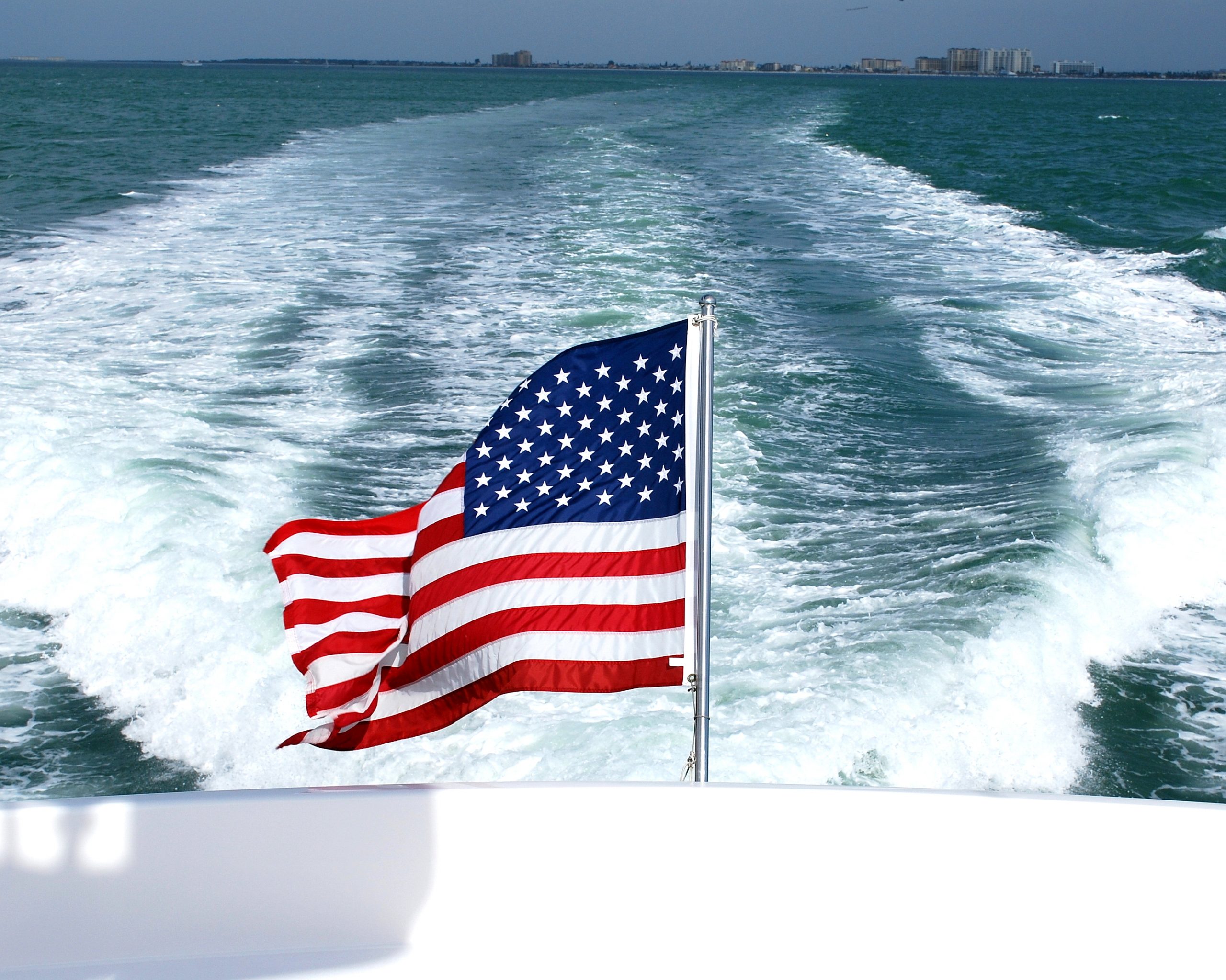Patriotism vs. Practice: Flying the US flag


Patriotic Americans might be predisposed to want their national flag flying from the stern of their yacht, but they perhaps don’t fully realise the limitations it places on the crewing of the vessel. Barrett Wright, President of Hill Robinson USA, explains the challenges that some of the Hill Robinson fleet are facing with the Stars and Stripes.
Ever since 2018 – the year in which President Trump signed an amendment to reverse a 1920 law which defined a yacht as a vessel with a maximum volume of 300gt – yachts over 300gt have been able to register in the United States. As such, there has been an increase in the number of US-flagged superyachts on the water as American owners have seized the opportunity to fly their national flag. With several US-flagged yachts under its management, however, Hill Robinson USA has first-hand experience of the associated limitations.
Perhaps the biggest difficulty for yachts registered under the US flag is the restrictions it places on what crew can be employed on board. As Barrett explains, “The captain and officers on a US-flagged yacht are required to be citizens or naturalised citizens of the United States, so they must carry a US passport. There’s also a 75/25 rule whereby only 25 per cent of the unlicensed crew can be permanent US residents, but 75 per cent are required to be US passport holders.”
As a result, Hill Robinson USA has found finding crew for the US-flagged yachts under its management a real challenge, with some yachts in its fleet deciding to drop their American flags in favour of a less limiting foreign flag. “It’s really difficult to find quality US crew with the right qualifications and it’s very frustrating,” adds Barrett. “And this means that the limited pool of quality US crew out there are in the driving seat with regards to salary demands and compensation. Oftentimes, we find these yachts are having to pay higher than market rate to secure the good crew because they are in such high demand.”
Furthermore, the US flag necessitates that the crew working on board must be employed by a US employer, thereby requiring them to pay federal withholding tax, Social Security and Medicare in the United States. This stipulation further reduces the number of candidates available to work on US-flagged yachts due to many crew preferring to lessen their tax burden by conducting their financial affairs offshore.
There are, of course, some benefits to flying the American flag, besides the obvious display of patriotism. For example, many owners are incentivised to register their yachts in the US for tax depreciation purposes and the US sales tax cap of $18,000 allows owners to secure US registration at an affordable price. If the 1.5 per cent duty on a foreign-built yacht has been paid, owners of US-flagged yachts are free to operate them in US waters as private vessels or commercial charters, whereas foreign-flagged yachts that are not duty-paid must obtain a restrictive cruising permit for recreational cruising and are prohibited from carrying out charter operations in US waters.
For an owner that wants to use their yacht both domestically and overseas, however, Barrett advises they avoid the US flag primarily because of the limitations it places on finding crew. She concludes, “There are those who are set on the American flag, and there’s no problem with that if they are settled with a longstanding crew. But the headaches that come along with finding [the right] people to work on board, and how you can employ them, is why I wouldn’t recommend the US flag as a first resort to US yacht owners.”






